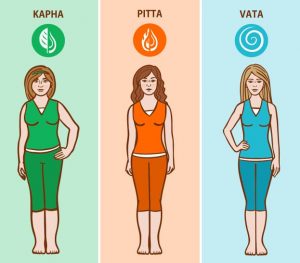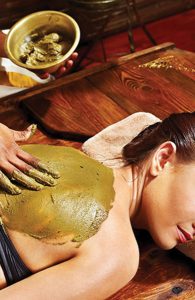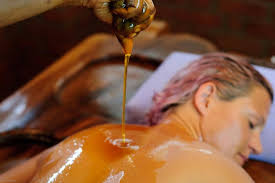With science today opening millions of doors to the people irrespective of their humane capabilities and advancing at lightning speed simultaneously, today’s science is also backtracking its way to its roots, predominantly in the field of medicine. Ayurveda from the Indian sub-continent seems to be the point of origin for most of the ancient therapies and forms of treatments around the world.

As most of the general public have a superficial idea of what Ayurveda is, it is important to go a little deep into the 3000 year old tradition. According to Dr.Vasanth Lad the author of the book Ayurveda: The Science of Self-healing, Ayurveda refers to science of truth as it is expressed in life. If one looks at the role of the three gods of Hinduism, Brahma is referred to as the creator, Vishnu the protector and Siva being the destroyer. The three gods are related to Satva, Rajas and Tamas respectively, denoting the states of the human body. Satva (represents stability), the active or organic is interrelated with Tamas (static) the inorganic, through Rajas (the dynamic), the vital force.
Indian wrestling is unique, know why!

Modern science explains that our body can be one of the three forms as Mesomorph, Endomorph and ectomorph and so does Ayurveda. Vata, Pitta and Kapha are the three elements of a human body. Three are present in every human being in different proportions and their balances and imbalances show a direct impact on the well-being and distinctive nature of the individual. The scripture of Ayurveda has its base in the three elements of the body over which the five elements of ether, air, fire, earth and water are laid which represent the human senses of touch, vision, smell, taste and hearing.
Naga Sadhus are more than Humans in the hindu culture! click here!

Eight components constitute the stages of Ayurveda and they range from simple examination of the body, to pediatrics to sexual health and even surgeries. Ayurveda along with Yoga and Tantra are the life discipline factors that are stressed to be practiced in the Vedas. The ancient and history of the practice reveal that there was the use of natural ingredients to treat people but surprisingly there also been the use of minerals such as sulphur, gold and arsenic (a practice called as Rasa Shastra).
Pulikali is only seen in Thrissur know the reason by clicking here!

The consequence of Ayurveda today is that it has bridged the west and the east in the field of human well-being. Countries like the US, Nepal and Sri Lanka have now taken up the mantle of Ayurveda to new levels where they vigorously believe the union of the mind, body and soul. History says that the scriptures of this ancient medicinal form were spread across medieval Europe and China which shows the similarities in the Chinese and Persian medical practices.


